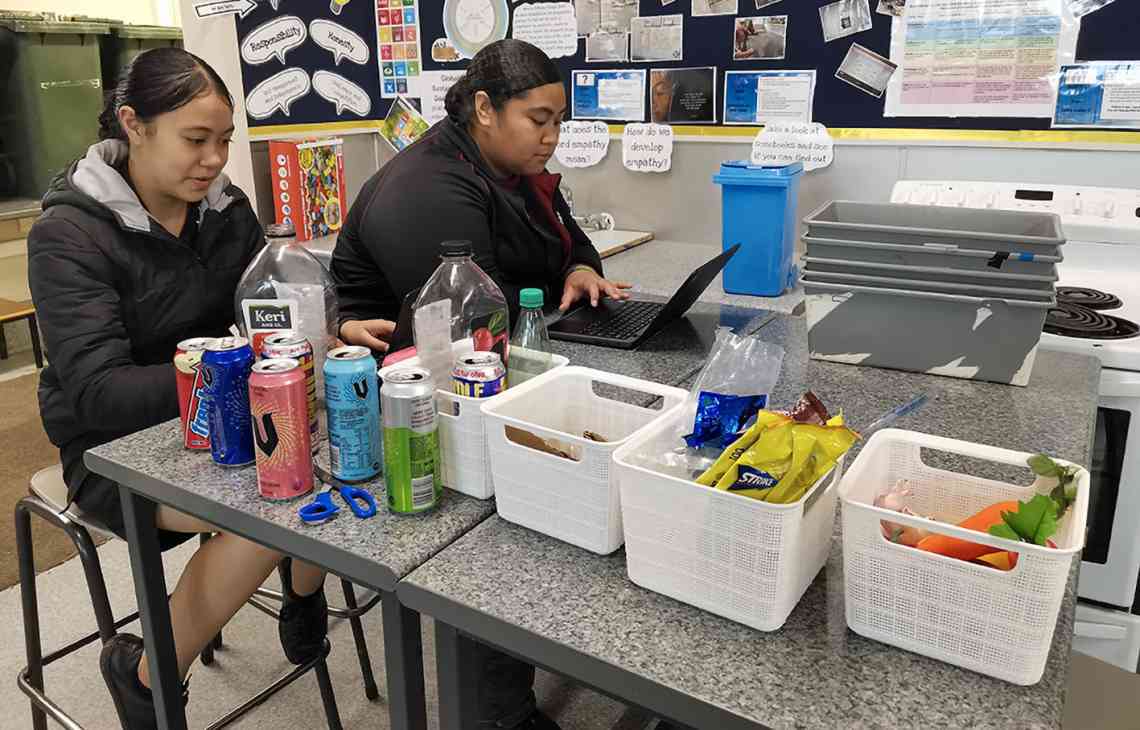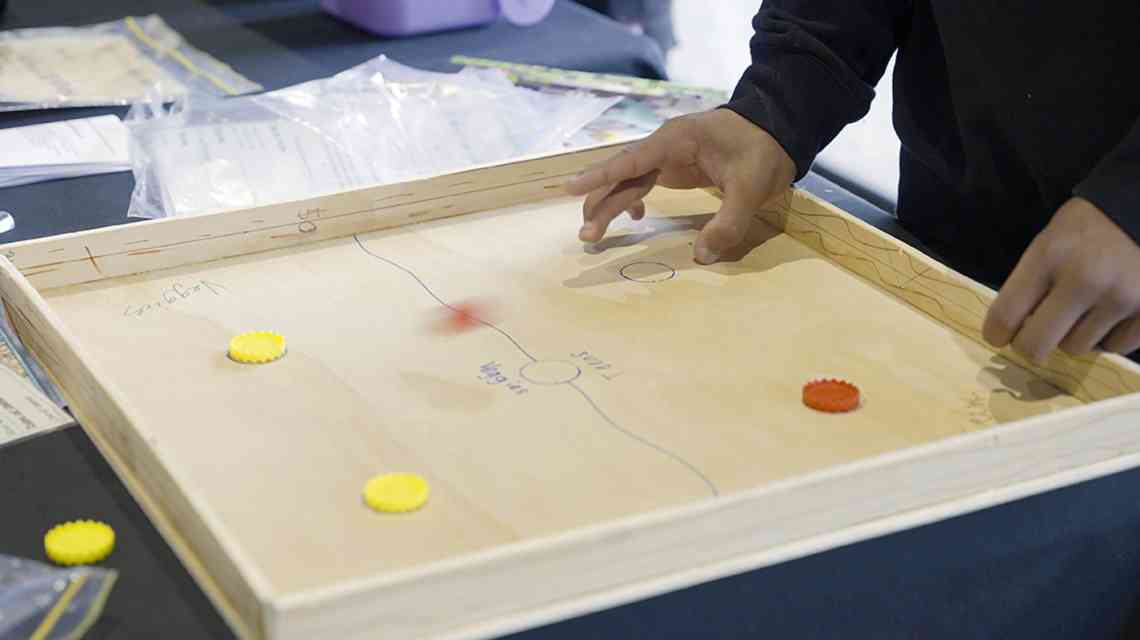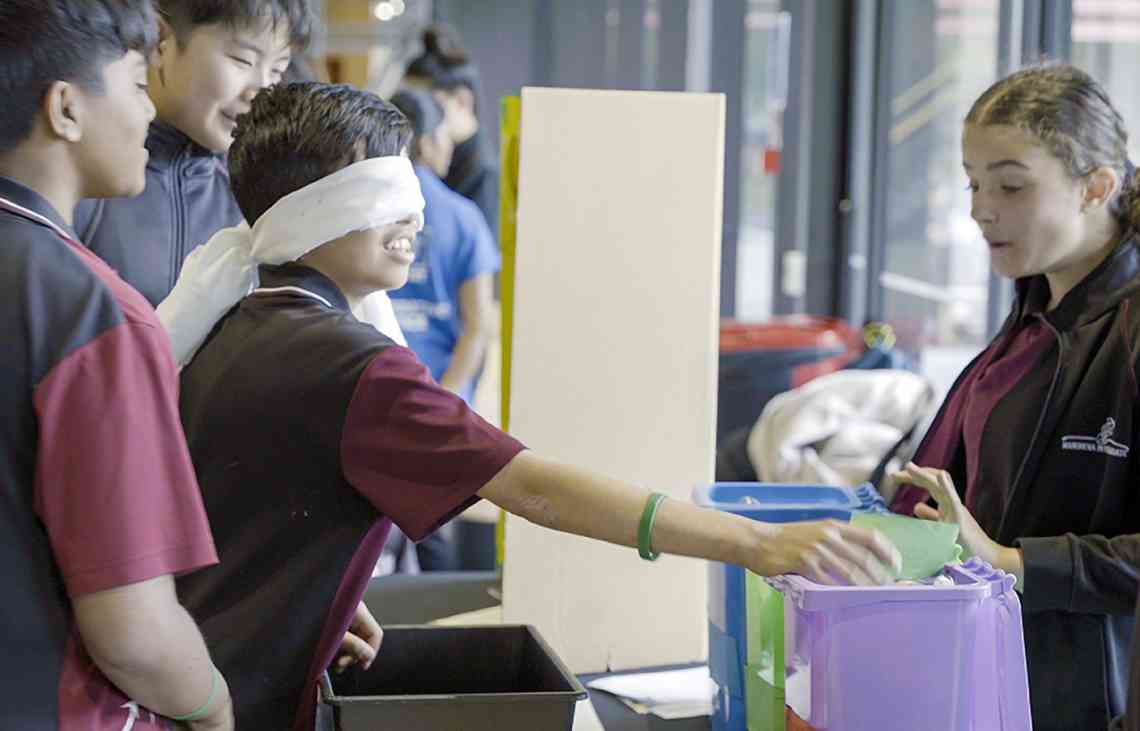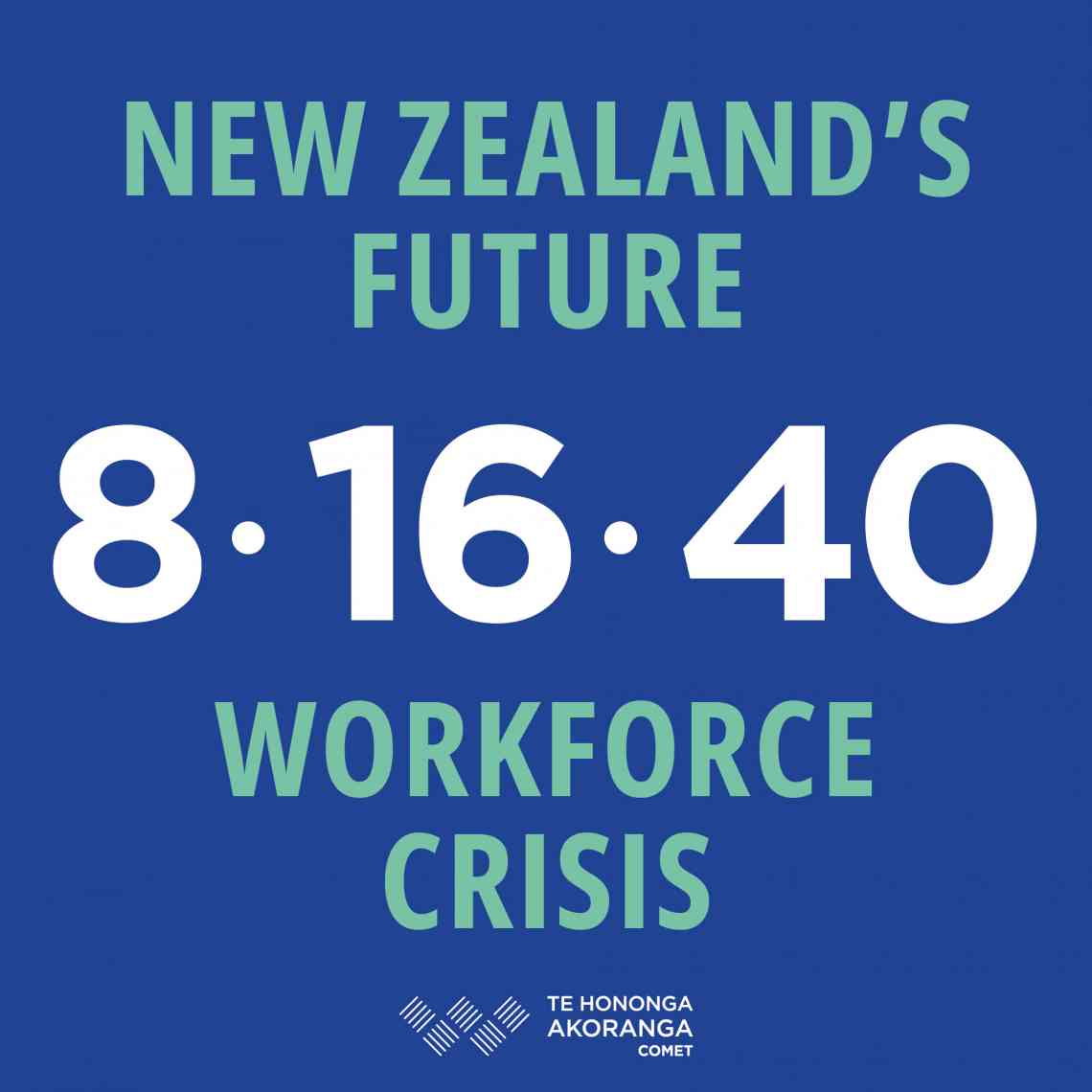Getting our Māori and Pasifika rangatahi engaged in STEM is critical
To solve the 8•16•40 Crisis, we need to ensure that Māori and Pasifika students can see themselves in STEM.
Aotearoa New Zealand’s future workforce needs more than just tech and engineering skills — it also needs systems thinking, problem solving and sustainability literacy. Yet without strong STEM foundations, who will develop the solutions to our biggest environmental and food security challenges?
At Manurewa Intermediate School, students aren’t just learning about sustainability; they’re also designing interactive games to inspire better food choices. By combining science, game development and real-world problem solving, their 2024 project (outlined below) shows how STEM education can spark creativity, deepen engagement and prepare students for future careers.
As part of our 8•16•40 Crisis campaign, we’re highlighting innovative STEM learning that goes beyond the classroom — because if we don’t build the talent pipeline today, who will create the solutions New Zealand needs tomorrow?
Gamifying Eco-nutrition #
This innovative project challenged Year 7 students from Manurewa Intermediate School to design engaging gaming experiences that promote sustainability, eco-friendly food choices and nutritional awareness.
The project's 32 participants began by embracing ecological systems thinking to trace the ‘mauri’ of different lunchbox foods from production through to disposal.
Supported by scientists from Clean Plate and Food for Thought, the students studied the nutritional value and environmental impact of different lunchbox choices.
Experts from The Open Fort supported the project's gamification of learning by demonstrating sustainability and educational principles through interactive storytelling and gameplay mechanics.
Next, the students put their newfound knowledge to use by researching, designing and prototyping a dozen educational games to teach their peers about making healthier and more sustainable food choices.
This process proved hugely motivating for the students and helped to deepen their engagement and learning. They particularly enjoyed seeing their initial concepts turned into real products, as they tested and refined prototypes based on player feedback.
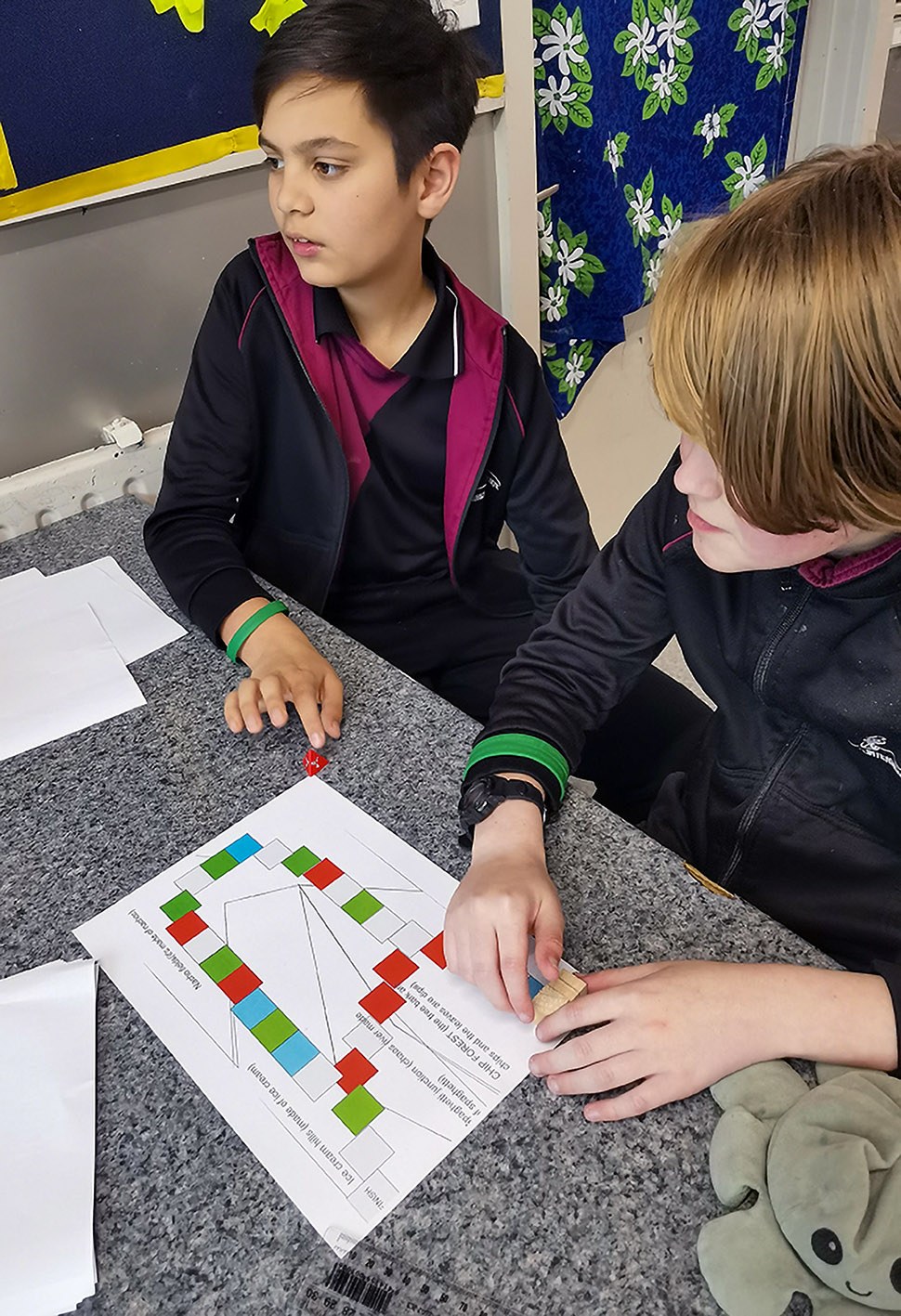
Several completed games are expected to be published in 2025, leaving a legacy of educational resources developed by students, for students. The school expects to use gamification more as they continue working to inspire the next generation of sustainability champions in their community.
